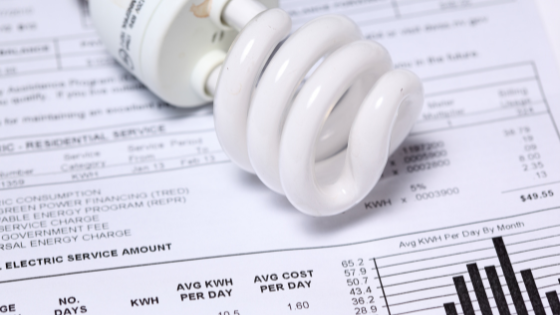In many countries, electricity is billed based on the electrical consumption (kWh) in a calendar month, but also based on the highest active energy peak (kW) metered on a 15-minute interval basis during the calendar month, or even during the total year.
By reducing those peaks, one can go beyond reducing their electrical bills costs and help their micro-grid power to be supplied more easily from potential renewable energy sources such as solar panel (PV) systems and also to reduce the maximum current which is the reason for many blackouts.
Using sub-meters and a modern energy management platform like DEXMA which supports peak visibility, you can identify which appliances create those consumption peaks. You should then be able to develop a plan to avoid starting/running them within the same 15-minute interval.
The Refrigerated Warehouse Example
One common cause for those peaks in a supermarket/cold store environment is the defrosting of evaporators. Most of the defrost systems tend to use electrical resistance controlled by a device which starts the defrost process in a selected interval.
In the following graph, you can see the 3 cold rooms in a supermarket. As you can see, by using this energy management software, the user is able to observe that the highest peaks are happening at the same time for the simple reason of all the evaporators defrosting within the same 15-minute interval. Armed with that information, the user can then change the interval and the timer of the controller, and set-up the cold room represented by the red line to defrost when the cold room on the blue line is not defrosting.
Less Maximum Demand (kW)
This way, the user can reduce the monthly maximum demand (MD) by 60kW and, as in this example every kW peak costs €1,27, achieve savings of 60 x 1,67 x 12 = €1.200 per year.
Less Contract Maximum Demand (kW)
And because now also the total active energy is less, the user can also ask their electricity supplier to reduce the contract maximum demand (CMD) by 60kW with the CMD costs €1,27 per kW per month, achieving additional savings of 60 x 1,27 x 12 = €915 per year.
The user can thus achieve a total saving of €2.115 per year in a small-size refrigerated warehouse.
New Problems Using Alerts
Using the Load Excess alerts feature of the energy management system, you can prevent new peaks from occurring in the future. You just need to set-up a limit and then you can get an e-mail or even an SMS when the maximum demand is high.
Supermarkets, refrigerated warehouses but also plastic industries or any kind of business with big electrical loads and heavy machinery can devise their own strategies to manage the loads in order to save money by using an energy management platform.
***



